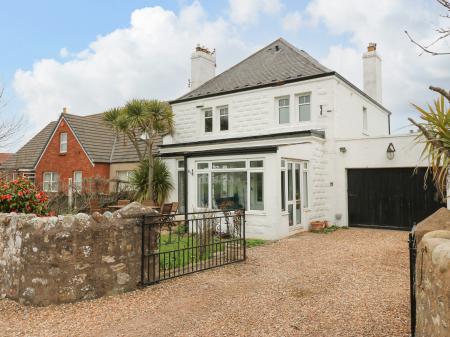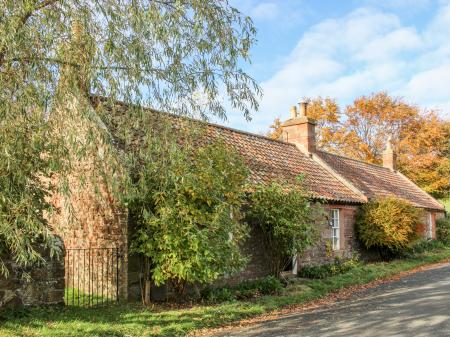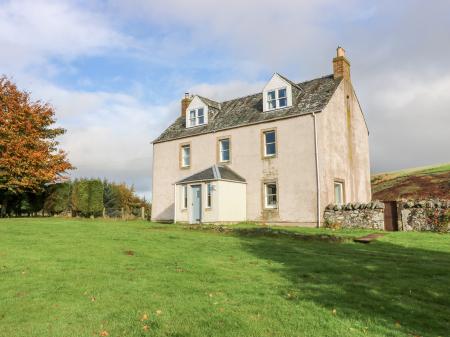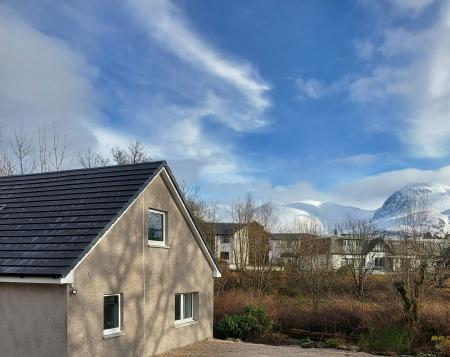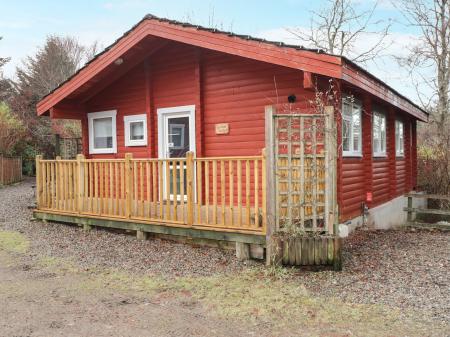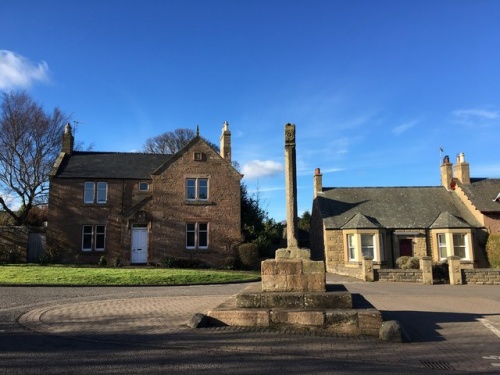
At the centre of the village is a medieval mercat cross, set up in 1503 by James IV of Scotland to mark his marriage to Margaret Tudor, daughter of Henry VII of England. James gave Margaret the estate of Cockburnspath as part of her marriage dowry, and the cross face is decorated with the thistle of Scotland and the Tudor rose.
A few steps from the mercat cross is the parish church, a mainly Victorian building, with a very intriguing rounded west tower that may be 16th century.
A short distance north of the village is Dunglass Collegiate Church (Historic Scotland) a sumptuous medieval chapel established by a prominent local family, with priests to say masses for their souls.
Cockburnspath Tower
Just across the A1 at its junction with the A1107 Berwickshire coastal road a footpath leads to the crumbling ruins of Cockburnspath Tower, a 15th-century tower house and associated barmkin, made of red sandstone. The tower is on the edge of Pease Dean nature reserve and is unsigned, so an OS map is essential!
The tower is set on the edge of a steep-sided ravine, overlooking Tower Burn. It seems logical to suggest that it was built to guard a crossing of the burn, with a wooden bridge that could be drawn up in times of trouble - which, given the location of Cockburnspath in the turbulent Borders region, was just about all the time.
The tower may be a rebuilding of an earlier 14th-century fortress established by the Dunbar family as part of a network of seven castles along the Borders and East Lothian coast. It was later held by the 'Red' Douglasses against the English, and against their great Borders rivals, the Home/Hume family.
James VI seized the tower in 1594 and granted it to the Earl of Lennox. The Douglas family regained Cockburnspath Tower around 1602, but it had by then lost much of its military purpose and the tower was eventually dismantled, and the stone used for building projects elsewhere.
Its rather bizarre to see the ruined tower, overgrown with ivy, seemingly lost to the world, while a short distance behind you, screened by a rise of ground, traffic zips along the A1, never guessing that a historic fortified house stands hidden in the underbrush.
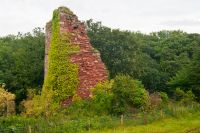
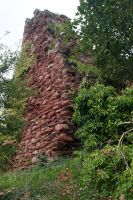
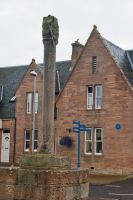
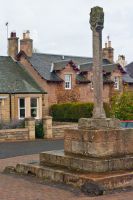
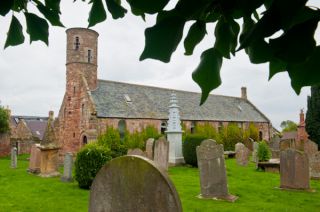
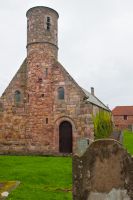
 We've 'tagged' this attraction information to help you find related historic attractions and learn more about major time periods mentioned.
We've 'tagged' this attraction information to help you find related historic attractions and learn more about major time periods mentioned.